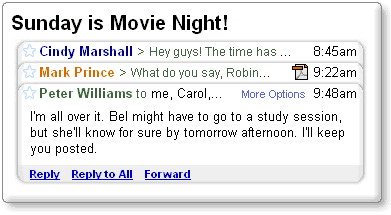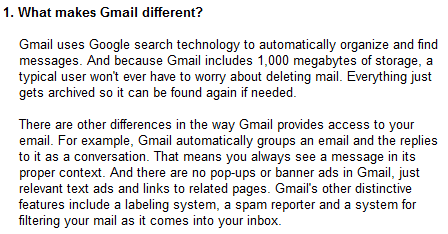Google will automatically create regular Google accounts for Google Apps addresses like my.name@mydomain.com, so you can use the same credentials to log in to Google Apps services (Gmail, Calendar, Docs) and Google Accounts services (Google Reader, Blogger, Picasa Web Albums).

What happens if a Google Apps user already has a Google account for the same email address? "For example, your Google Apps email address is email@my-domain.com. A while back, you may have signed up for Blogger with this email address, which created a Google Account. Since we've moved your Google Apps account to a Google Account infrastructure to allow access to all Google products, your other Google Account will be renamed to: email+personal@my-domain.com. You should add the +personal extension to your email address if you'd like to sign in to your old account."
Google's explanation is confusing and it's not clear why the existing Google accounts won't be migrated. Users will end up with two Google accounts for the same email address and won't be able to merge the accounts.
For now, the integration between Google Apps accounts and Google accounts is only available if you are a Trusted Tester, but Google promised that it will be publicly available in the coming months. "We intend to have all Standard, Premier and Education Edition customers moved to the new infrastructure that enables this change in the fall, and customers who would like more control over the timing of this change will be able to make the switch voluntarily during the summer."
{ Thanks, Kevin. }


















